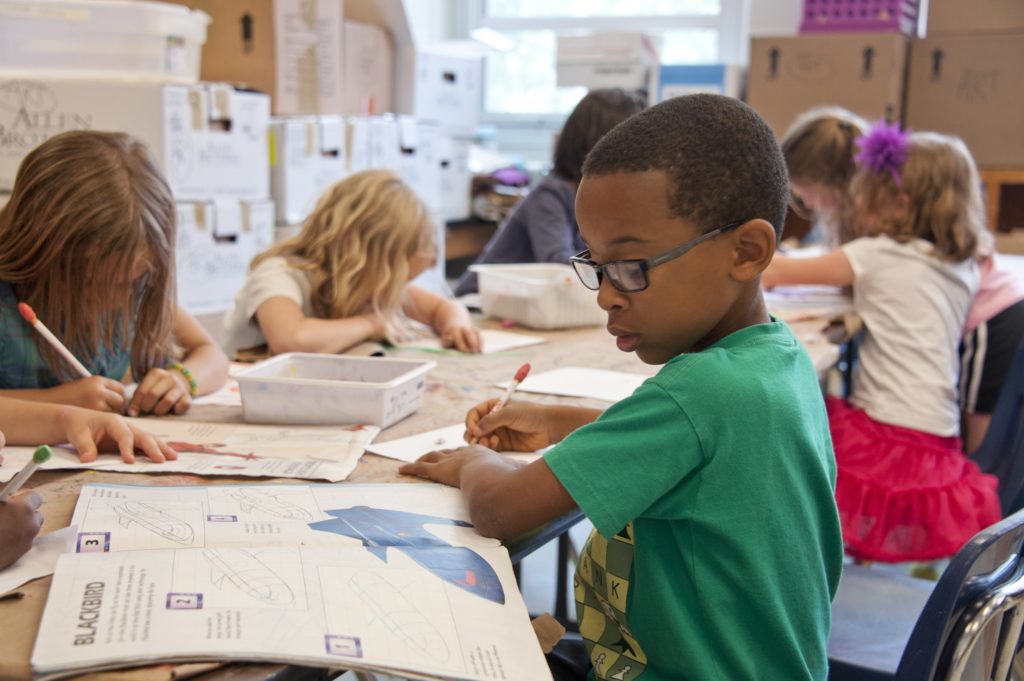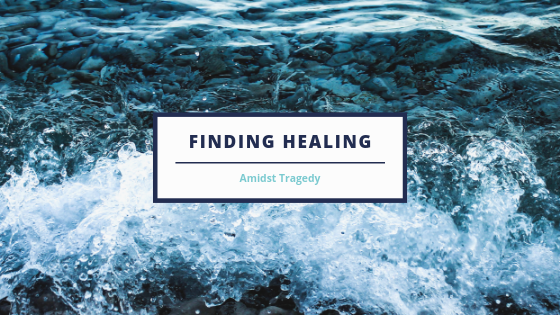Having Hope Now and Into the New Year

With 2021 upon us, I look forward to a new year, though I admit much of my thoughts continue to be around COVID. I anticipate the arrival of the COVID vaccine, look forward to seeing fewer cases, and possibly seeing more folks in-person as cases decline over this next year. I look forward to a return to normalcy and spending time doing experiences outside the home with my family. I long for a return of planning trips and vacations and seeing my kids involved in community activities.
According to dictionary.com, hope is a feeling of expectation and desire for a certain thing to happen. Other words to describe hope include: to expect, anticipate, look for, wait for, want, wish for, or dream of.
According to, How to be more hopeful, there are several ways we can practice being more hopeful.
- Shift your expectations – think about a few things you can look forward to throughout the day. Think positively.
- Recognize that you can change your life at any point. Open yourself up to the possibilities that exist for everyone, at every age.
- Find meaning in the most challenging moments.
- Listen to another person’s story with intention. Invite someone else to share a meaningful time in their life.
- Identify the things in this world that you love. Count your blessings. Choose gratefulness.
- Focus on the good parts in situations. Listen to inspiring songs, stories, or podcasts.
- Look for the compassion and genuine acts of human kindness among us, even amidst tragedy in our world.
For more inspiration on having a fresh start in 2021 see my Blog #14- A Guide to a Healthier Happier You and Blog#15- Tips to Make This Year Less Stressful








